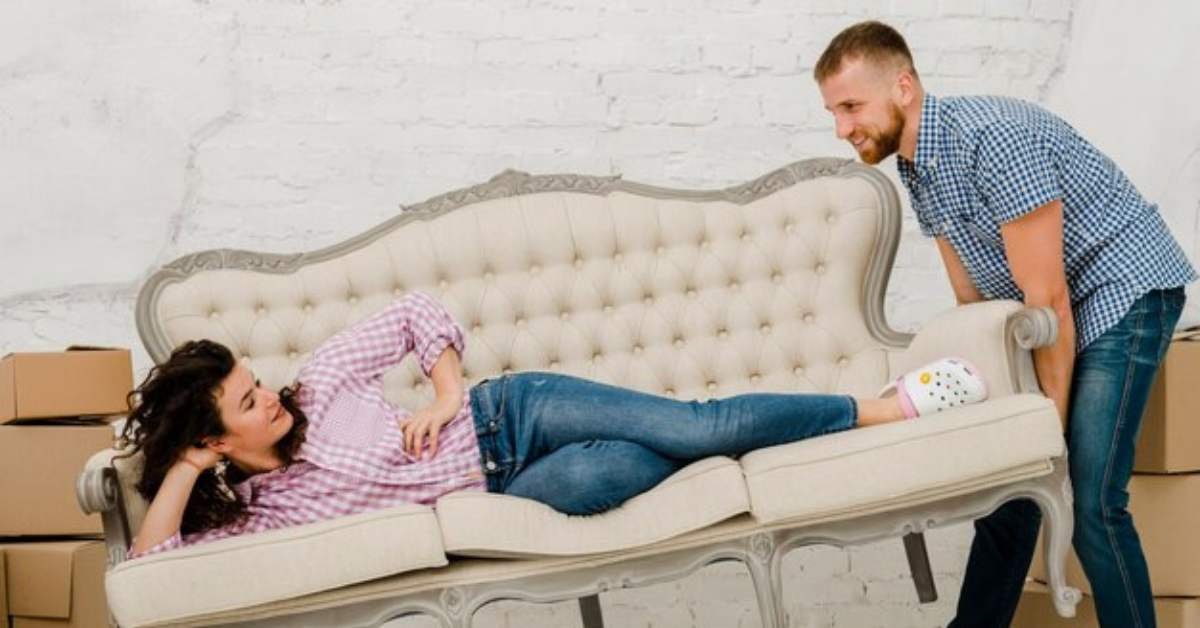In an age dominated by fast fashion and disposable goods, the importance of reupholstery has never been more pronounced.
Reupholstery refers to replacing the fabric or covering of furniture, such as chairs, sofas, and ottomans.
This practice revives tired and outdated pieces and contributes to a sustainable approach to furniture ownership.
Let’s explore the reasons why reupholstery is essential in today’s world.
Contents
1. Sustainability and Environmental Responsibility
One of the primary reasons reupholstery is gaining traction is its sustainability factor.
- Reducing Waste: The furniture industry contributes significantly to landfill waste. We can dramatically reduce this waste by reupholstering rather than discarding old furniture. Reupholstery gives new life to furniture that would otherwise end up in a landfill, helping to mitigate the environmental impact of mass production.
- Conserving Resources: Producing new furniture requires substantial natural resources. Reupholstery conserves these resources by extending the lifespan of existing furniture and reducing the demand for new materials.
2. Cost-Effective Solution
Reupholstering can often be a more cost-effective option compared to buying new furniture.
- Affordable Customization: Purchasing new, high-quality furniture can be expensive. Reupholstering allows homeowners to refresh their existing pieces with new fabrics that suit their current décor without breaking the bank.
- Preserving Quality: Many older pieces are made with superior Craftsmanship compared to craftsmanship furniture today. Reupholstering allows you to maintain the quality of these pieces while updating their appearance.
3. Personalization and Style
In a world where individuality is celebrated, reupholstery offers a unique opportunity to personalize your space.
- Custom Fabrics and Designs: Reupholstery lets homeowners choose fabrics that reflect their style. With countless options available, you can select colors, textures, and patterns that harmonize with your interior design.
- Adaptability to Trends: Design trends change rapidly, and reupholstery provides an avenue to stay current. Instead of discarding furniture that no longer fits your aesthetic, reupholstering can transform it into a modern masterpiece.
4. Restoration of Sentimental Value
Many pieces of furniture hold sentimental value, often passed down through generations.
- Preserving Memories: Reupholstering allows you to maintain these cherished items while giving them a fresh look. Whether it’s a family heirloom or a piece acquired during a significant life event, reupholstery can help maintain the story behind the furniture.
- Emotional Connection: Restoring furniture can strengthen your connection to it. Knowing you’ve invested time and resources into preserving a meaningful piece can enhance its value.
5. Comfort and Functionality
Over time, upholstery can wear down, affecting both comfort and functionality.
- Improved Comfort: Worn-out fabric can lead to discomfort while using furniture. Reupholstering allows for adding new padding and supports, enhancing comfort and usability.
- Updated Functionality: Reupholstering can also involve structural repairs. This ensures your furniture remains functional and safe for daily use, addressing issues like loose joints or sagging cushions.
6. Support Local Artisans and Businesses
Reupholstery often supports local artisans and businesses, contributing to the community’s economy.
- Keeping Craftsmanship Alive: Many craftsmanship projects are handled by skilled artisans who value traditional Craftsmanship. By choosing Craftsmanship, you’re enhancing your home, supporting local economies, and helping to keep skilled trades alive.
- Unique Services: Local upholstery businesses often provide personalized services and unique designs that mass-produced furniture cannot offer. This level of attention ensures that your reupholstered piece is genuinely one-of-a-kind.
Conclusion
In today’s fast-paced, consumer-driven world, the importance of reupholstery cannot be overstated. It promotes sustainability, offers a cost-effective solution, and allows for personalization while preserving sentimental values. Additionally, reupholstery enhances comfort and functionality, all while supporting local artisans. As we strive for a more sustainable and meaningful lifestyle, reupholstery is a smart choice for individuals looking to breathe new life into their furniture and spaces.
FAQs
Q1: How much does reupholstery typically cost?
A1: The cost of reupholstery can vary widely based on factors such as the size of the piece, the type of fabric chosen, and any necessary repairs. On average, expect to spend between $300 to $1,500.
Q2: How long does the reupholstery process take?
A2: The reupholstery process can range from a few days to several weeks, depending on the job’s complexity and the theupholsterer’sworkload.
Q3: Can I reupholster my furniture myself?
A3: DIY reupholstery is possible for those with the right skills and tools. However, it’s essential to research the process thoroughly and ensure you have the necessary materials.
Q4: How do I choose the suitable fabric for reupholstery?
A4: When selecting fabric, consider factors such as durability, maintenance, and color. Choose a fabric that suits your lifestyle, especially if you have pets or children.
Q5: Is reupholstery environmentally friendly?
A5: Yes, reupholstery is environmentally friendly as it reduces waste, conserves resources, and minimizes the demand for new furniture production.

